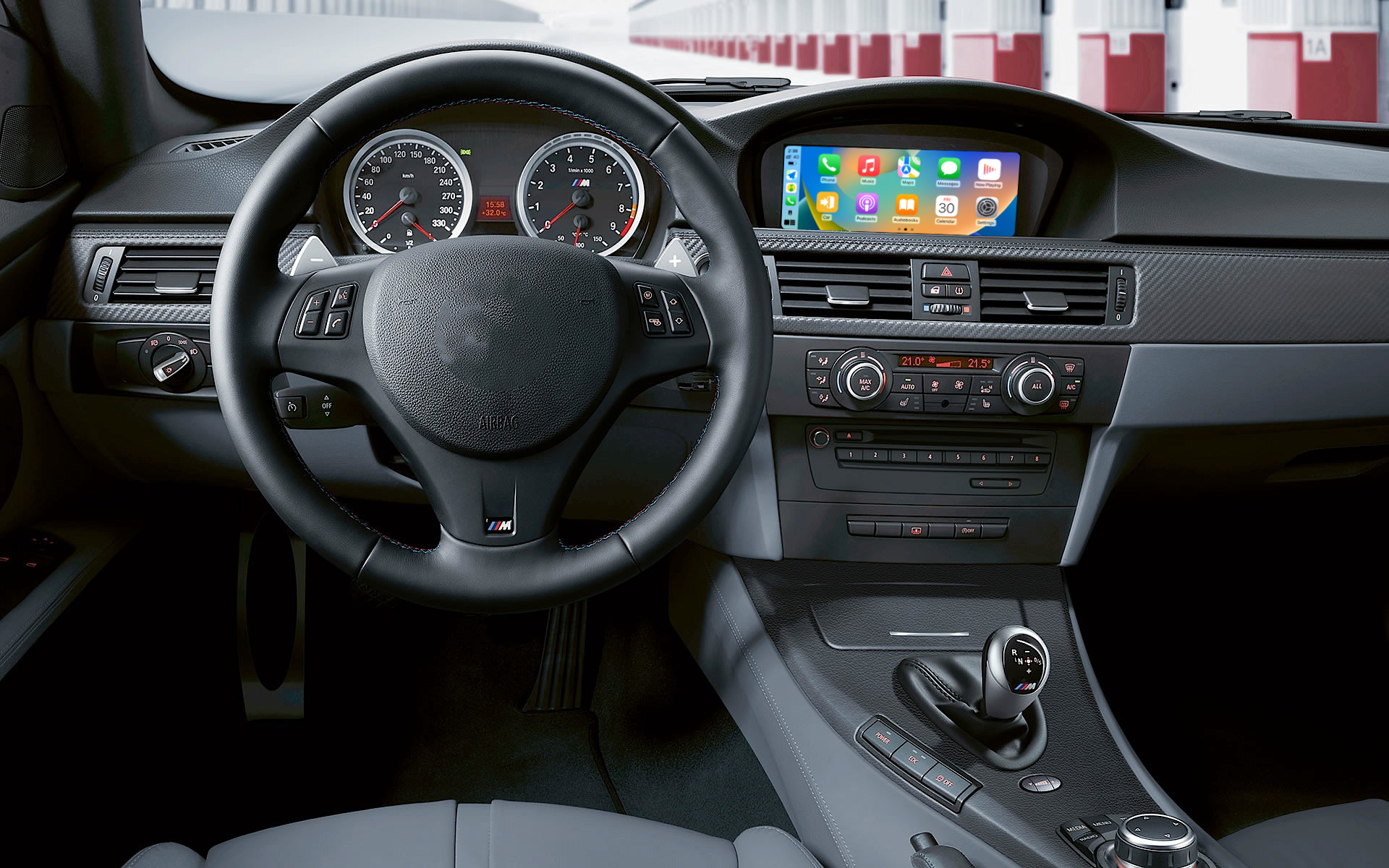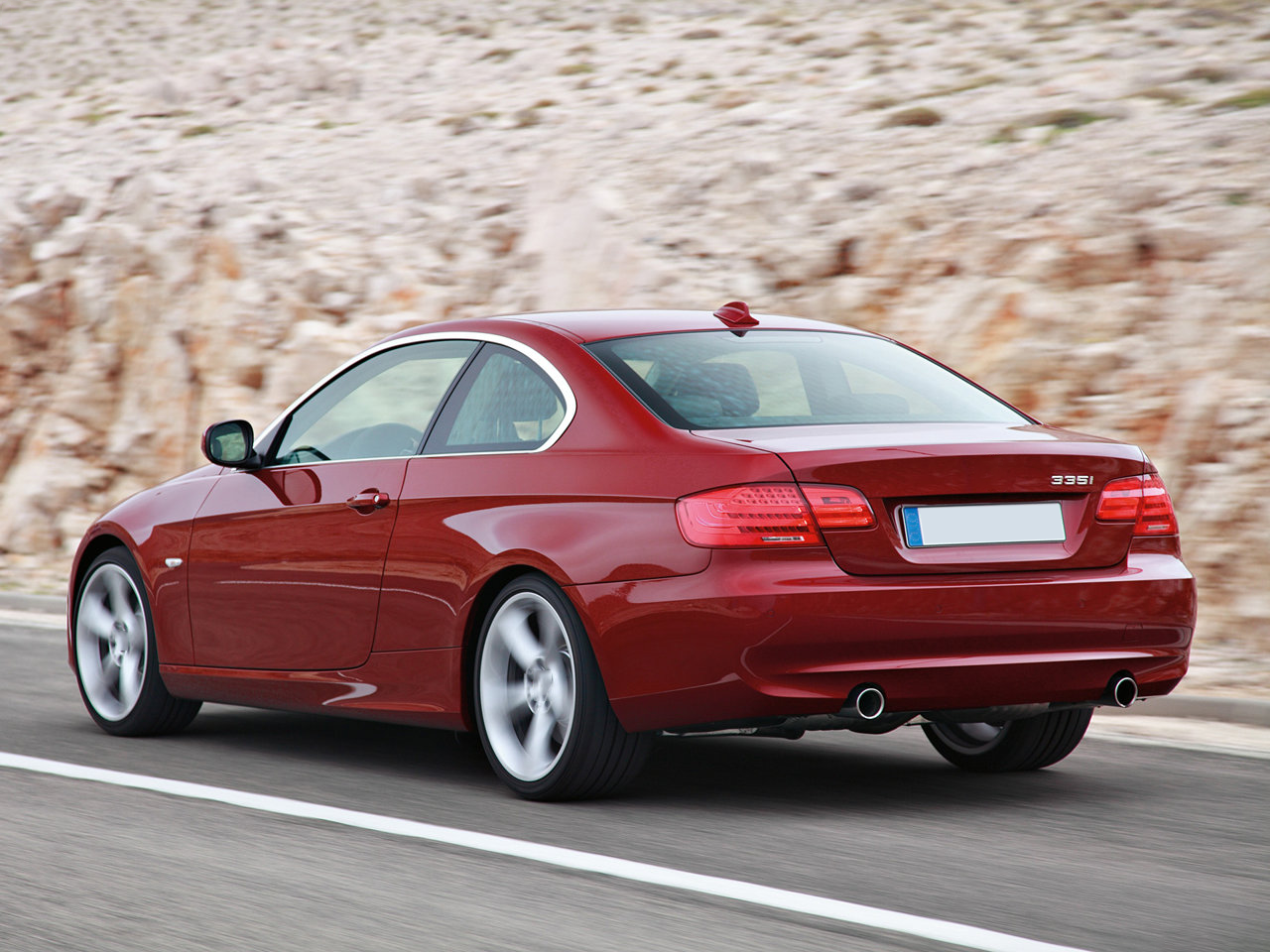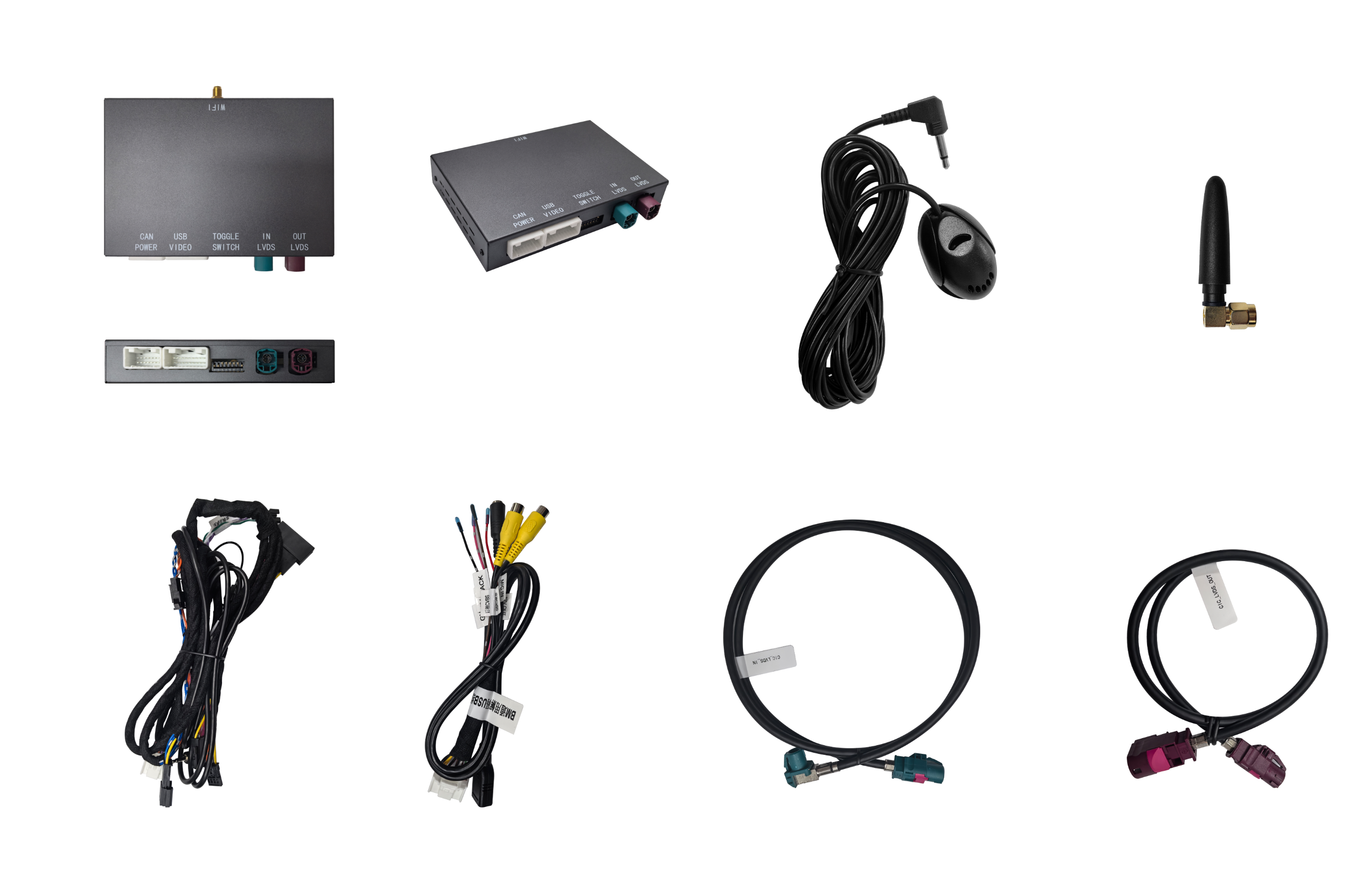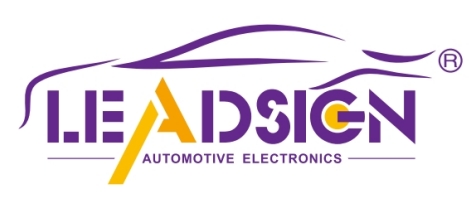How Wireless Apple CarPlay and Android Auto Adapters Work

Wireless Apple CarPlay adapters for cars and Android Auto adapters make driving easier. These gadgets link your phone to your car without wires. They use Bluetooth and Wi-Fi to act like a cable. An Apple CarPlay adapter for car cuts down mess and adds ease. It makes trips more fun and up-to-date.
Key Takeaways
Wireless CarPlay and Android Auto adapters link your phone to your car wirelessly. This makes driving simpler and less messy.
Make sure the adapter works with your car and phone before buying it. This helps avoid problems.
Setting it up is easy: plug in the adapter, pair it with Bluetooth, and connect to Wi-Fi for smooth use.
What Is an Apple CarPlay Adapter for Car?
Overview of Wireless CarPlay and Android Auto
A wireless Apple CarPlay adapter links your iPhone to your car. It connects without needing a cable. Bluetooth pairs the devices, and Wi-Fi sends data. This lets you use apps, maps, and music on your car's screen. Similarly, Android Auto adapters work the same way for Android phones.
The idea of CarPlay began with Apple's iOS 4 feature called "iPod Out." It was made with BMW to play audio and video from iPhones in cars. Over time, it became the Apple CarPlay system, launched in 2010. Now, wireless CarPlay and Android Auto are must-haves for many modern cars, especially luxury ones.
Key Features of Wireless Adapters
Wireless adapters have features that make driving easier:
Compatibility: They work with most cars and aftermarket systems.
Ease of Use: Many are simple to set up and use.
Control Options: Use touch screens, steering controls, or Siri voice commands.
Additional Functions: Some allow screen mirroring, USB playback, and GPS.
Feature | Details |
|---|---|
Compatibility | Plugs into USB-A or USB-C ports to connect. |
Performance | May have slight delays in response. |
Connectivity | Uses Bluetooth for pairing and Wi-Fi for data. |
Additional Features | Includes HDMI output, voice control, and updates. |
How They Differ from Built-In Wireless Systems
Wireless adapters and built-in systems do the same job but differ. Built-in systems come with the car and work better with its hardware. They often have stronger signals and fewer issues. Wireless adapters are add-ons that plug into your car's USB port. They cost less and work with more cars but may have small delays sometimes.
Tip: If your car doesn’t have built-in Apple CarPlay, a wireless adapter is a cheaper way to get the same features.
How Wireless CarPlay Adapters Work

The Technology Behind Wireless CarPlay
Wireless CarPlay uses both hardware and software to work well. Your iPhone must be a 5th generation or newer with iOS 7.1 or later. Your car also needs to support CarPlay. First, Bluetooth connects your phone to the adapter. Then, the adapter sets up a Wi-Fi network to send data. This makes sure your phone and car's system communicate smoothly.
The system also shares location data between your phone and car screen. This lets you use apps like Apple Maps or Google Maps without problems. Wireless CarPlay makes your phone and car work together easily for a better experience.
How Adapters Copy a Wired Connection
Wireless CarPlay adapters act like a USB cable connection. When plugged into your car's USB port, the adapter turns on by itself. It connects to your phone using Bluetooth, then switches to Wi-Fi for data. This lets the adapter link your phone to the car's system.
Connection Stability: Good adapters keep a strong link, even with interference.
Performance Metrics: Top models start quickly and have little delay.
Audio Quality: Many adapters provide sound as clear as wired setups.
These features let you enjoy CarPlay without needing cables.
Keeping a Stable Connection Between Phone and Car
A steady connection is key for smooth wireless CarPlay use. Adapters are made to reduce disruptions and keep a strong link. Important factors include connection stability, start-up speed, and delay time.
Metric | Description |
|---|---|
Connection Stability | Keeps a strong link between phone and car, even in tough areas. |
Boot-up Time | Shows how fast the adapter connects when the car starts. |
Latency | Cuts delays between actions and system responses for smoother use. |
To keep the connection stable, place the adapter where there’s less interference. Updating the software often can also improve how it works and fix bugs. Following these tips will help you enjoy CarPlay without issues.
Setting Up Wireless CarPlay Adapters

Checking Compatibility with Your Car and Phone
Before using a wireless adapter, check if it works with your car and phone. First, see if your car's system supports Apple CarPlay. Many newer cars with infotainment systems are compatible. If your car only has wired CarPlay, you can use a wireless dongle to upgrade it. Look at your car's manual or the maker's website for more details.
For your phone, make sure it supports CarPlay. iPhones with iOS 7.1 or newer will work. Also, turn on Bluetooth and Wi-Fi on your phone. A good internet connection helps it run smoothly. Keep your phone charged to avoid losing the connection.
Step-by-Step Setup Process
Setting up a wireless adapter is simple. Follow these steps:
Plug the adapter into your car's USB port to power it.
Turn on Bluetooth on your phone and pair it with the adapter.
Connect to the adapter's Wi-Fi network.
On your iPhone, go to Settings > General > CarPlay and pick your car's name.
Once connected, your car's screen will show your phone's apps.
This setup links your phone to your car, letting you use wireless CarPlay easily.
Troubleshooting Common Issues
If problems happen during setup, try these fixes:
Connection Problems: Check if Bluetooth and Wi-Fi are on. Restart your phone and adapter if needed.
Compatibility Issues: Make sure your car and phone work with the adapter.
Lag or Delays: Update the adapter's software to make it faster.
Unstable Connection: Put the adapter where there’s less interference.
Tip: Updating the adapter's software often can fix bugs and improve how it works.
By following these steps, you can solve most problems and enjoy wireless CarPlay without trouble.
Pros and Cons of Wireless CarPlay
Benefits of Wireless CarPlay
Wireless CarPlay has many perks for drivers. First, it removes the need for cables, keeping your car tidy. You can connect your phone easily and enjoy a neat dashboard. Second, it’s very convenient. You don’t need to plug in your phone each time you drive. This saves time, especially on short trips.
Another benefit is using voice commands. With Siri or Google Assistant, you can call, text, or get directions hands-free. This helps you stay focused on driving and improves safety. Wireless CarPlay also supports features like screen mirroring and USB playback. These give you more entertainment choices while driving.
Downsides and Challenges
Wireless CarPlay has some downsides too. One issue is the cost. Wireless adapters can be pricey if your car doesn’t support CarPlay. Another problem is battery drain. Your phone may lose power faster since it’s not charging.
Some people face connection problems. The link might not stay strong, especially in areas with interference. Setting up a wireless adapter can also be harder than using a cable. Plus, your phone can’t connect to other Bluetooth devices while using the adapter. Small delays in starting or responding may also happen.
In the end, it depends on what you prefer. If plugging in your phone isn’t a bother, a wired connection might work fine for you.
Who Should Use These Adapters?
Wireless CarPlay adapters are great for drivers who want ease and no clutter. If you often use maps, music apps, or hands-free calls, these adapters can improve your drive. They’re also good for upgrading your car’s system without buying a new one.
But if you like charging your phone while driving or don’t mind cables, a wired setup might be better. Think about your habits and how much you value wireless features before deciding.
Wireless Apple CarPlay and Android Auto adapters make driving easier.
They keep dashboards neat and let you use apps easily.
Many work with both Apple and Android phones for flexibility.
Pick adapters with strong signals, easy controls, and update options.
Users say they are handy, dependable, and keep car features working.
Tip: Get an adapter with dual-band Wi-Fi for stronger connections.
FAQ
What is a wireless CarPlay dongle?
A wireless CarPlay dongle is a small gadget. It links your phone to your car's screen without wires. You can use apps like maps, music, and calls.
How do you update a wireless dongle?
To update, go to the maker's website. Download the newest firmware onto a USB drive. Plug it into the dongle and follow the steps given.
Can a dongle work with any car?
Not every car works with dongles. Check if your car supports it by reading the product details or asking the maker.
Tip: Update your dongle's firmware often for better use and compatibility.

